Research Summary: High Abundances Of Potentially Active Ammonia-Oxidizing Bacteria And Archaea In Oligotrophic, High-Altitude Lakes Of The Sierra Nevada
11Life and Environmental Sciences and Sierra Nevada Research Institute, University of California Merced, Merced, California, United States of America
Abstract
Nitrification plays a central role in the nitrogen cycle by determining the oxidation state of nitrogen and its subsequent bioavailability and cycling. However, relatively little is known about the underlying ecology of the microbial communities that carry out nitrification in freshwater ecosystems—and particularly within high-altitude oligotrophic lakes, where nitrogen is frequently a limiting nutrient. We quantified ammonia-oxidizing archaea (AOA) and bacteria (AOB) in 9 high-altitude lakes (2289–3160 m) in the Sierra Nevada, California, USA, in relation to spatial and biogeochemical data. Based on their ammonia monooxygenase (amoA) genes, AOB and AOA were frequently detected. AOB were present in 88% of samples and were more abundant than AOA in all samples. Both groups showed >100 fold variation in abundance between different lakes, and were also variable through time within individual lakes. Nutrient concentrations (ammonium, nitrite, nitrate, and phosphate) were generally low but also varied across and within lakes, suggestive of active internal nutrient cycling; AOB abundance was significantly correlated with phosphate (r2 = 0.32, p<0.1), whereas AOA abundance was inversely correlated with lake elevation (r2 = 0.43, p<0.05). We also measured low rates of ammonia oxidation—indicating that AOB, AOA, or both, may be biogeochemically active in these oligotrophic ecosystems. Our data indicate that dynamic populations of AOB and AOA are found in oligotrophic, high-altitude, freshwater lakes.
Introduction
Nitrogen (N) is an essential nutrient for all life, and its availability serves as a critical factor for the growth of individual organisms, community composition, and ecosystem primary productivity in freshwater lakes. In many ecosystems, N availability—both quantity and chemical form—is largely dictated by microbial communities, which transform inorganic N into bioavailable forms, and actively cycle N through oxidation-reduction (redox) processes. Phosphorus (P) typically limits primary production in freshwater, but both absolute amounts, and relative ratios, of N and P are highly variable due to variations in lake nutrient sources, as well as internal cycling by phytoplankton, zooplankton, and microbes. In oligotrophic aquatic systems, in particular, differences in size, growth rate, and chemical form of available nutrients may favor microorganisms in competition with phytoplankton for N. Microbial control of both N quantity and chemical form has important implications for the degree of eutrophication in these ecosystems, and the degree to which allocthonous N inputs (i.e. atmospheric pollutants) may affect oligotrophic lakes.
Within the microbial N cycle, nitrification is a two-step process that involves the aerobic oxidation of reduced inorganic N compounds (i.e. NH3/NH4+) to nitrite (NO2–) and the subsequent oxidation of NO2– to nitrate (NO3–). Nitrification links the mineralization of N to its eventual removal as dinitrogen gas (N2) via either denitrification or anaerobic ammonium oxidation (anammox). The first step of nitrification is carried out by a few bacterial lineages within the Beta- and Gamma-proteobacteria and also by the archaeal phylumThaumarchaeota (previously know as the group 1 Crenarchaeota). These ammonia-oxidizing bacteria (AOB) and ammonia-oxidizing archaea (AOA) use ammonia monoxygenase (AMO) to catalyze the oxidation of NH4+ to NO2–. As AOA were confirmed to be capable of ammonia oxidation only recently, the physical and chemical factors that control the abundance and function of these organisms, and their relative influence on nitrification rates, are not entirely understood—particularly in freshwater environments.

Figure 1. Sampling locations (white circles) in Yosemite National Park displayed on 10 m resolution elevation data from the United States Geological Survey National Elevation Dataset. (Credit: Hayden et al.)
AOA, AOB, and nitrification have been examined within few freshwater lakes, yet AOA appear to be important and dynamic components of lake plankton and biogeochemical cycles:Thaumarchaeota are abundant, most appear to be AOA, and their populations fluctuate over time and with depth. AOB are found in lakes ranging from temperate eutrophic, to high-altitude oligotrophic, but in contrast to AOA, how AOB abundance varies in lakes through space and time is not well known. The abundances of AOA and AOB can be controlled by differential sensitivities to temperature, pH, ammonium concentrations, and light —all of which may be relevant in high elevation lakes, but have not been examined. Nitrification varies with depth and time, and is quantitatively important within lake water columns —for example, Finlay et al. showed that within-lake production of NO3– through nitrification is the predominant source of NO3– in Lake Superior. However, a lone study has measured both AOA and ammonia oxidation rates in freshwater lakes, and AOB have rarely been quantified in lakes. We therefore know little about variations in AOA and AOB abundance and activity over time and across different lakes—let alone how AOA, AOB, and ammonia oxidation rates respond to changes in temperature, N availability, and other environmental factors within freshwater systems.
Of particular relevance are the potential inhibitory effects of light on nitrification: while these have been known for some time, the relative effects of different wavelengths of light on AOA versus AOB, and in the field versus lab, are mixed. AOA appear highly sensitive to light in controlled experiments: the AOA Nitrosopumilus maritimusand Nitrosotalea devanaterra were inhibited by lower light levels than AOB, and showed little recovery of ammonia oxidation over 8/16 hour light/dark cycles. French et al. likewise found that ammonia oxidation by three freshwater AOA isolates was strongly inhibited by white and blue light, whereas an AOB isolate was inhibited only by blue light and recovered partial oxidation ability in the dark. Notably, all of the AOA isolates used in these studies have been recovered from sediments or soil, and it is possible that pelagic AOA are less light-sensitive—for example, Auguet and Casamayor proposed that surface waters of mountain lakes are an archaeal ‘hotspot’ based on high crenarchaeal abundance in the neuston. AOA also actively express amoA, and nitrification is known to occur at least transiently, in the upper ocean.
We quantified the abundance of AOA and AOB across a high-elevation lake transect in Yosemite National Park, in the Sierra Nevada mountain range, California, USA (Figure 1). In Sierra Nevada lakes, the differing susceptibility of AOA and AOB to photoinhibition could be a crucial factor in N cycling, as there is a strong natural increase in ultraviolet (UV) radiation with increasing elevation. Moreover, these high-altitude lakes have relatively low light attenuation due to high transparency typical of oligotrophic aquatic ecosystems found at high elevations. Freshwater lakes are traditionally limited by phosphorous availability, but the availability of N is also a critical factor for primary productivity in aquatic ecosystems of the Sierra Nevada, where biological activity in ~22% of lakes is strictly limited by N availability. Internal N cycling may therefore play an important role in the overall productivity and structure of these freshwater ecosystems. We used natural variations in temperature, radiation, and N deposition, based on elevational and temporal variability between sampling sites, to examine the prevalence and abundance of AOA and AOB in high-altitude lakes.
Full study, including methods, results and acknowledgements, published in the open-access scientific journal PLOS ONE, November 2014.
Featured Image: Mountain Lake in the Sierra Nevada. (Credit: Public Domain)




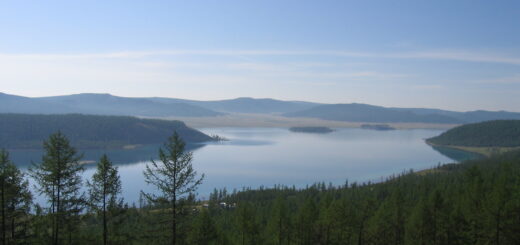
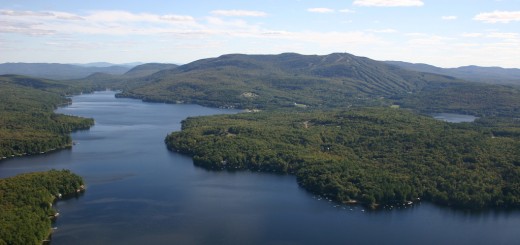
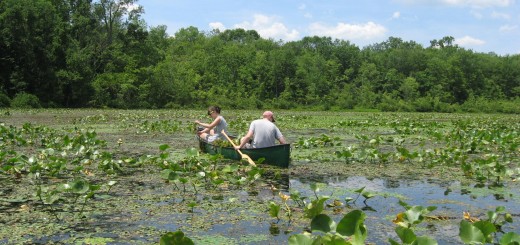
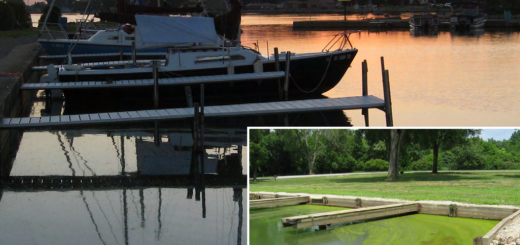


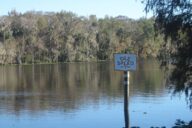



This is a fabulous article, thank you for posting it, we culture some archae and have found this helpful in some lakes after chemical treatment. This is great information.